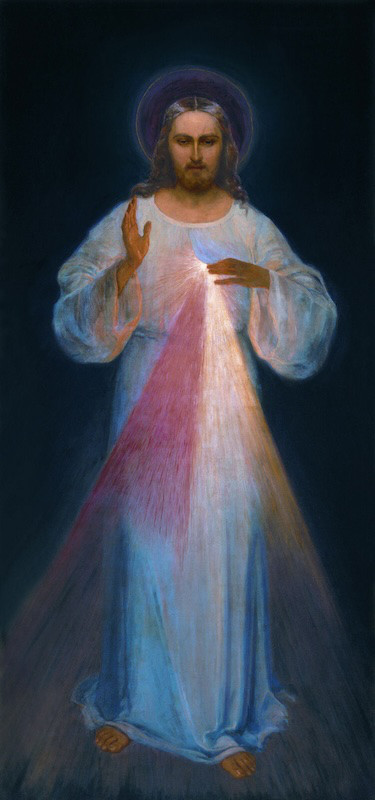In the city of Rome, there are four major basilicas. The first three are Saint Peter’s Basilica in Vatican City, the Basilica of Saint Paul Outside the Walls, and the Basilica of Saint Mary Major. The fourth is the “Archbasilica Cathedral of the Most Holy Savior and of Saints John the Baptist and John the Evangelist in the Lateran”, also called Saint John Lateran for short. Of the four major basilicas, the oldest and most important is Saint John Lateran, the dedication of which is remembered today. Though the pope now lives next to Saint Peter’s Basilica, Saint John Lateran is the official cathedral of Rome. That means Saint John Lateran is not only the mother church of the Archdiocese of Rome but also the mother church of the entire world.
The church building has a long history. In 65AD, there was a conspiracy to kill Nero with the help of the Counsel-designate Plautius Lateranus (Lateran). When Nero learned of the plot, he immediately beheaded Lateranus and confiscated his home. Subsequent Roman emperors used the residnce in various ways over the next 250 years, such as a military fort. In 312, when Constantine the Great became Roman Emperor, he took possession of the Lateran Palace. The following year, he donated it to Pope Miltiades who began constructing the first Basilica in Rome.
Upon its completion in the year 324, it was given a special designation to Christ the Saviour, and wth that, the first cathedral in the most important diocese was established. Constantine saw to it that the Lateran Basilica was beautifully decorated with gold and silver. Now, Rome had its first cathedral in the heart of the city.
Though the basilica was first dedicated to Christ the Savior, in the tenth century Pope Sergius III added a new baptistry and rededicated the basilica to Saint John the Baptist. In the twelfth century, Pope Lucius II dedicated the basilica to Saint John the Evangelist. The basilica, therefore, honours Christ the Savior first and the two Saint Johns as the co-patrons.
The Lateran Palace, next to the Basilica, was the papal residence from 324–1305. When Gregory XI returned to Rome from Avignon in 1377, the Palace was in disrepair due to two fires, so the pope eventually built a new home next to Saint Peter’s on Vatican Hill, where every subsequent pope has resided until today. Pray for the pope in a particular way today, that Saint John Lateran will always be a place where he, and every pope after him, will encounter God in a profound way.
Acknowlegements to My Catholic Life at mycatholic.life

